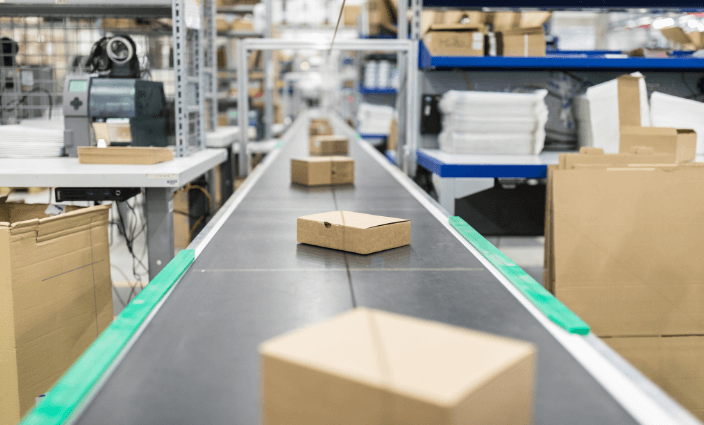E-commerce returns are at an all-time high. The surge in online shopping, combined with increasingly generous return policies, is making reverse logistics a key issue for retailers.
During the 2018 holiday season, we saw the highest retail sales numbers in six years. At the height of holiday shipping mayhem, UPS, FedEx, and the U.S. postal service handled 72 million packages per day. For comparison, they normally handle an average of 45 million packages per day. Because of this, online returns alone were expected to total $37 billion this season.
Below are additional statistics to consider.
- 79% of consumers check return policies before buying products.
- Up to 30% of items purchased online will be returned.
- Reverse logistics can account for an additional 15-20% of warehouse square footage than what’s needed for typical outbound shipments.
- The returns process costs retailers $3 per package when items are delivered to stores, or up to $6 per package when shipped to a distribution center.
- Many retailers end up throwing away 25% of their returns, which equates to over 5 billion pounds of goods in landfills every year.
- In the next several years, the amount of returns is going to collectively cost retailers $1 trillion per year.
Reverse Logistics Challenges
Offering hassle-free returns and quick refunds is critical to customer satisfaction in the retail space. But doing so is complicated. Processing returns is labor-intensive, space-prohibitive, and time-consuming; and it comes with the added costs of shipping, handling, repackaging, and re-stocking. The longer a product is taken out of inventory and not available for purchase, the more it loses its value. For example, electronics depreciate by 4-8% every month. Fashion apparel depreciates a staggering 20-50% over an eight to 16-week period.
Rising reverse logistics needs paired with tighter transit times and stricter on-time delivery requirements adds even more pressure to the supply chain, so an efficient returns strategy is crucial.
Solutions to the Returns Problem
The condition, timing, and location of products being returned are all key factors in determining the right course of action. Some merchandise can be immediately restocked, while other items must be refurbished, repackaged, or sent through a liquidation channel to be repurchased by a reseller. In some cases, products are taken apart and recycled or upcycled (CNBC).
To reduce costs and maximize efficiency, many retailers will outsource reverse logistics to 3PLs that already have optimized networks in place. In fact, upwards of 40% of retailers report using a 3PL to handle returns (DC Velocity). A 3PL can help streamline the returns processes by offering convenient facilities, scaling capacity and staff to handle fluctuations in volume, and leveraging their own negotiated rates with parcel and freight providers.
Of course, the best option for retailers is to prevent products from being returned in the first place. Below are some tactics to consider:
- Re-work overly lax return policies that are easily abused.
- Make sure online product descriptions are accurate and thorough.
- Determine whether packaging is susceptible to damage in transit.
- Incentivize in-store returns by offering discounts or gift cards.
- Digitize and automate exception management to mitigate any unexpected issues that may arise.

